In Spanish, there are four past tenses : Past preterite. Imperfect tense. Past perfect. Past progressive. The Spanish past perfect tense is formed with an auxiliary verb and a past participle. In other words, the formula for this tense is haber in imperfect form + past participle.. b. tomar. (Spain) I would like to have mashed potatoes with my steak.Me gustaría tomar puré de patatas con el filete. 5. (to receive) a. recibir. We had a lot of presents last Christmas.Recibimos muchos regalos las Navidades pasadas. 6. (to be gifted with) a. poseer.
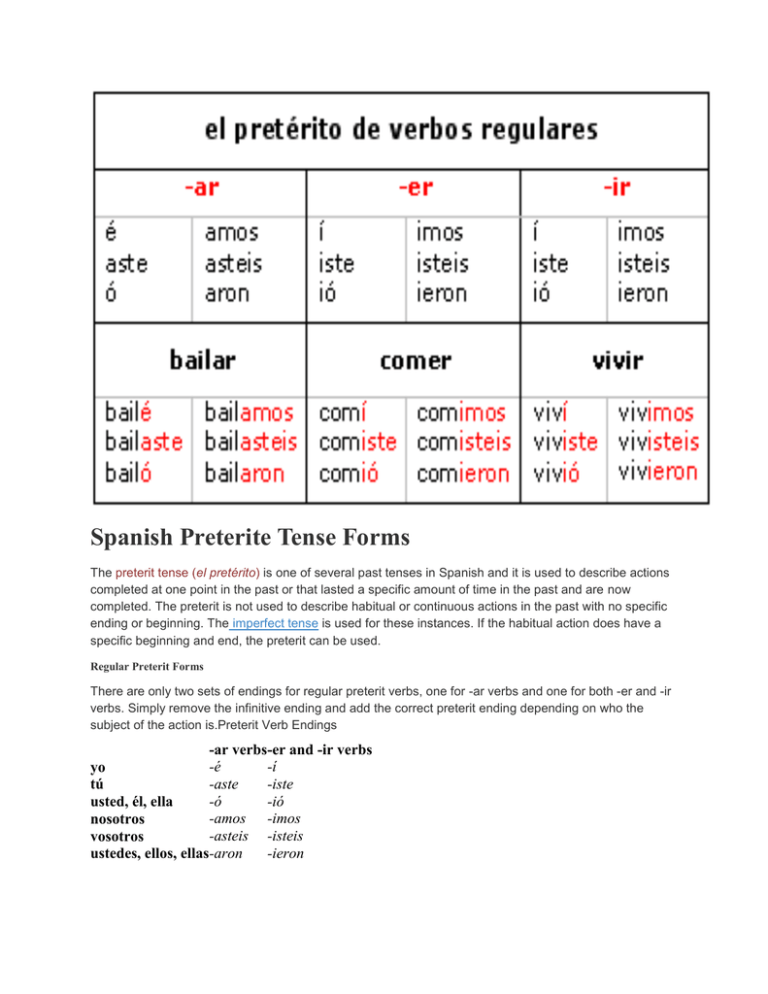
Spanish Past Tense Preterite Cheatsheet Attanatta Flickr Sexiz Pix

Pin by Cecilia Díaz Vega on Spanish Learning spanish vocabulary, Spanish language learning
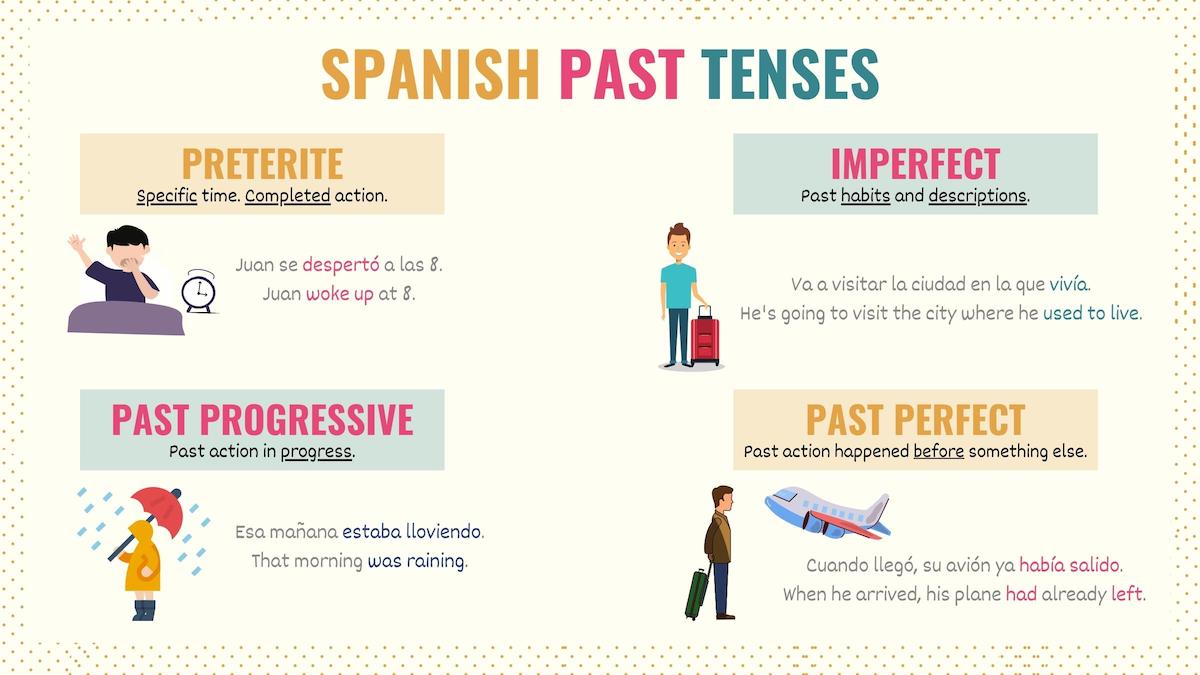
Past Tense Spanish 101 Guide to All Past Tenses in Spanish
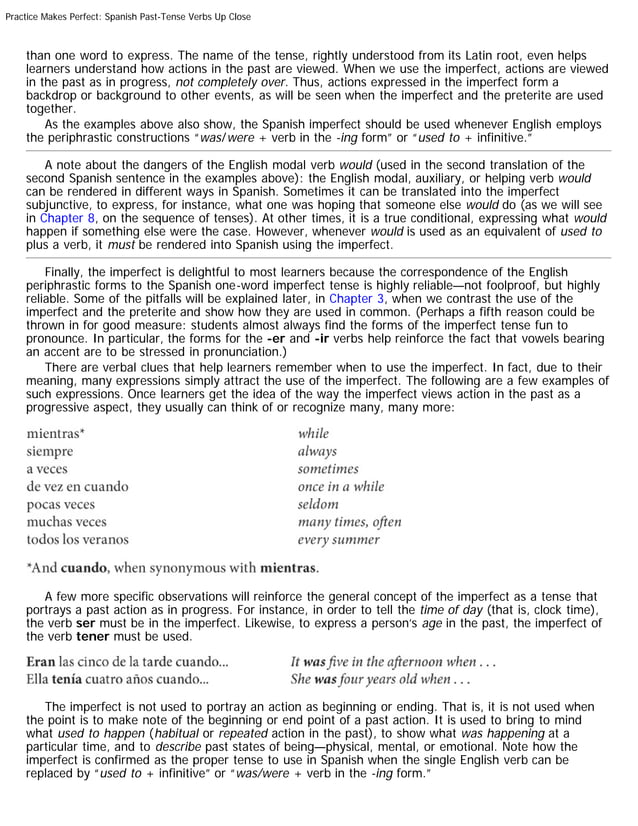
Practice makes perfect spanish past tense verbs PDF
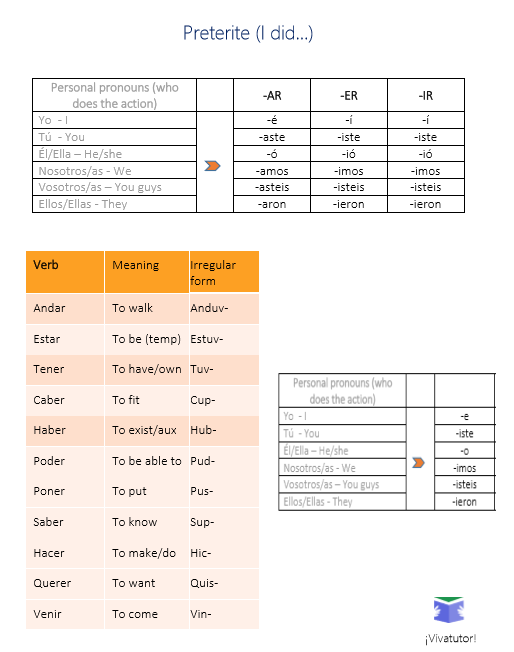
Past tenses in Spanish
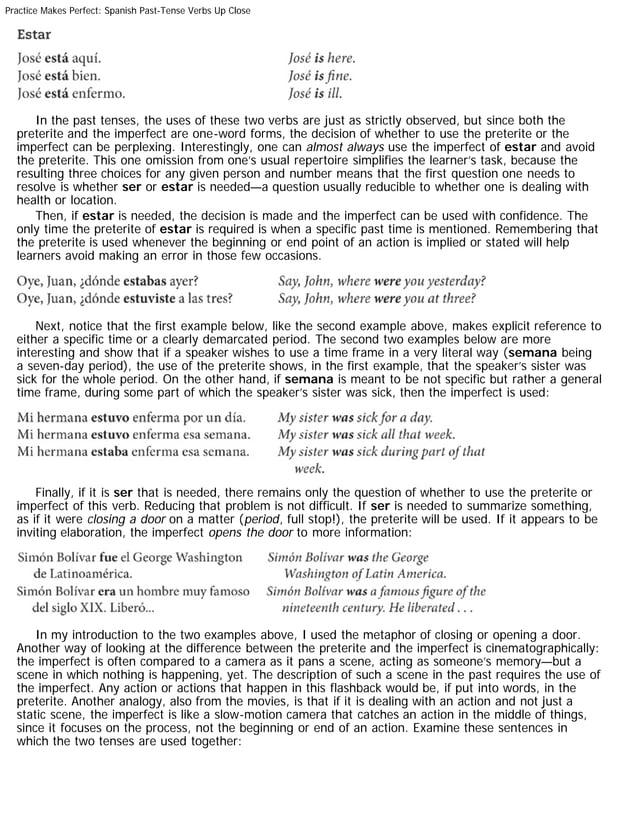
Practice makes perfect spanish past tense verbs PDF
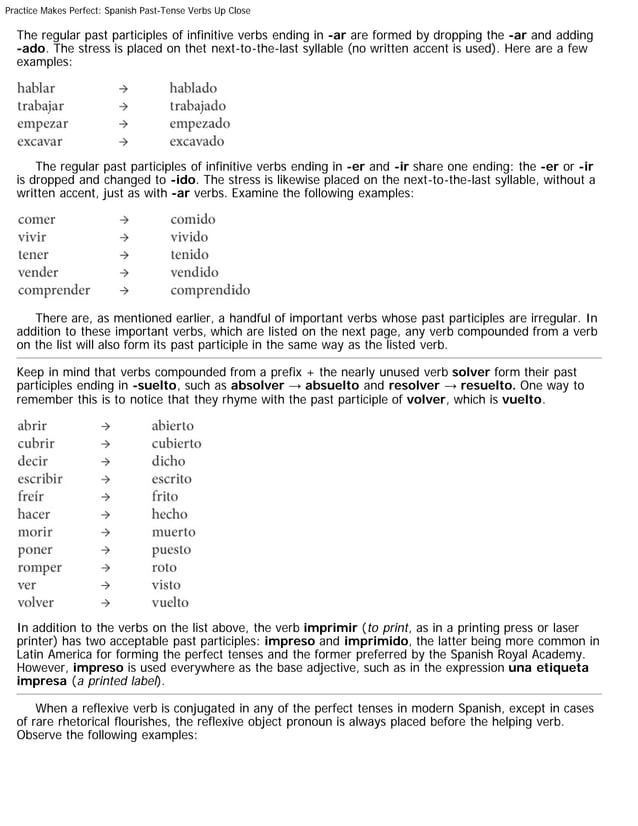
Practice makes perfect spanish past tense verbs PDF

The Most Comprehensive Spanish Past Tense Guide (Beginnerfriendly with Examples) FluentU Spanish
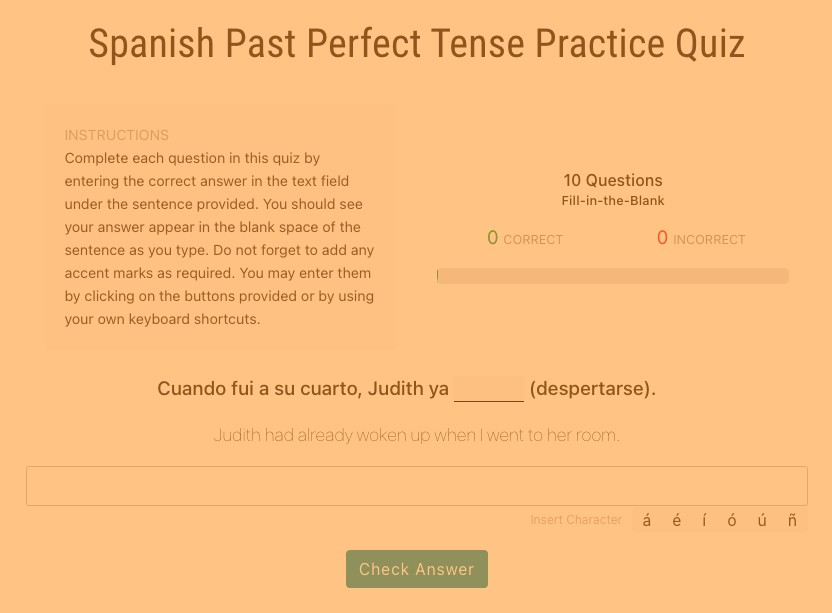
Past Perfect Spanish Tense Rules, Conjugations & Examples
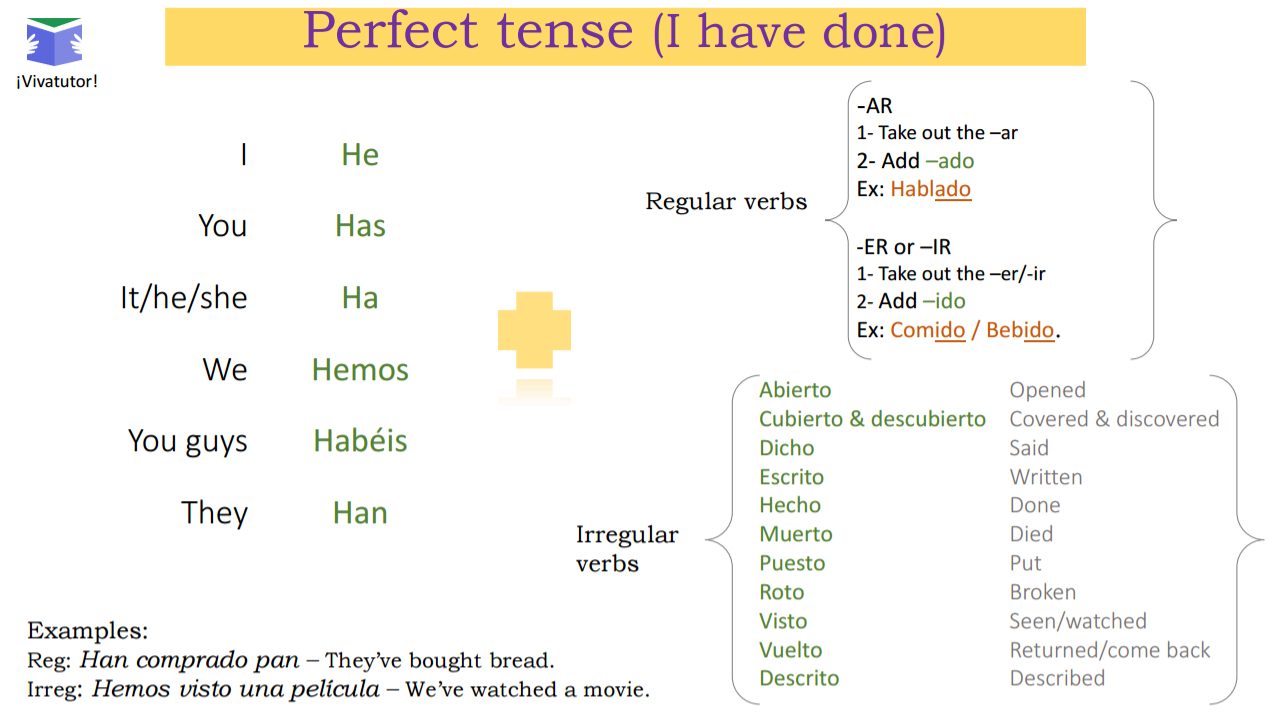
Past tenses in Spanish
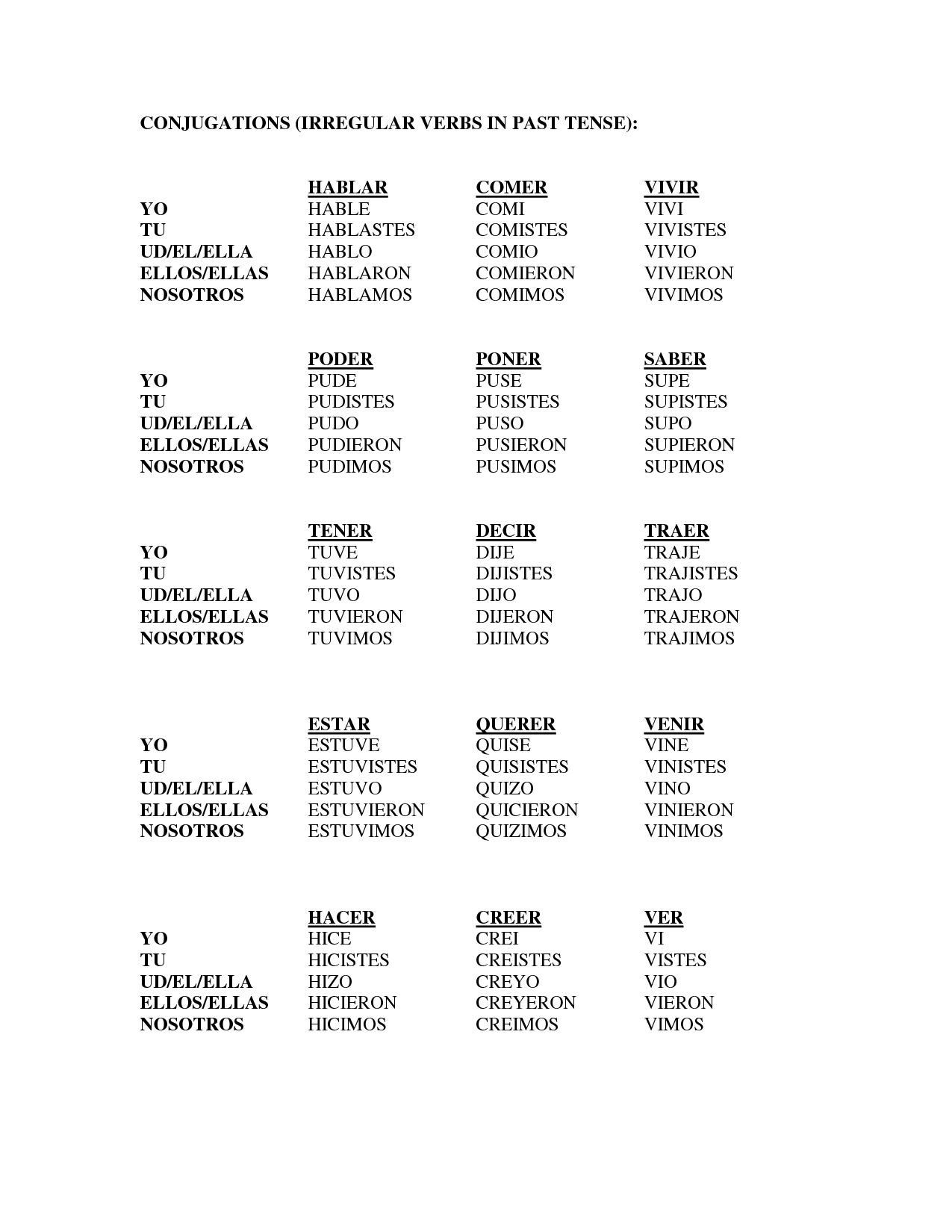
13 Spanish Present Tense Worksheets /
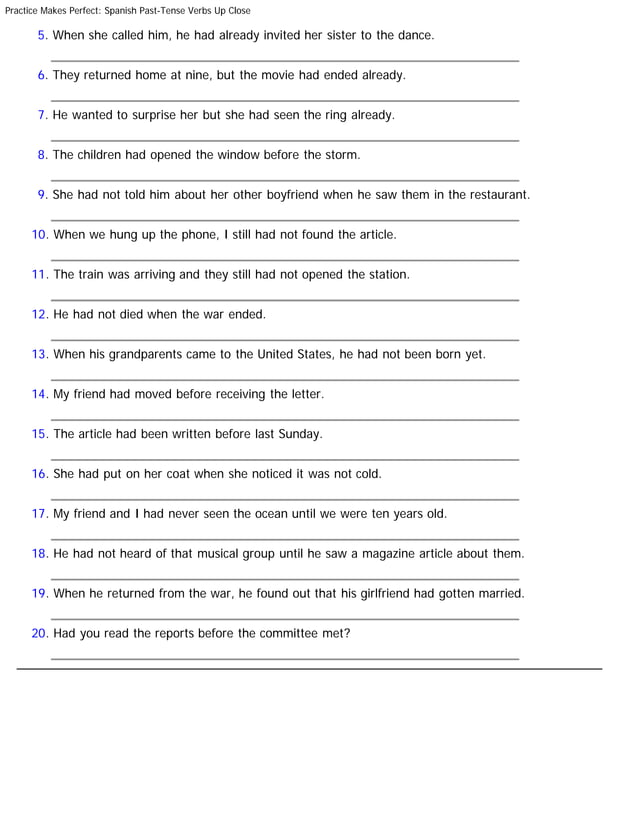
Practice makes perfect spanish past tense verbs PDF
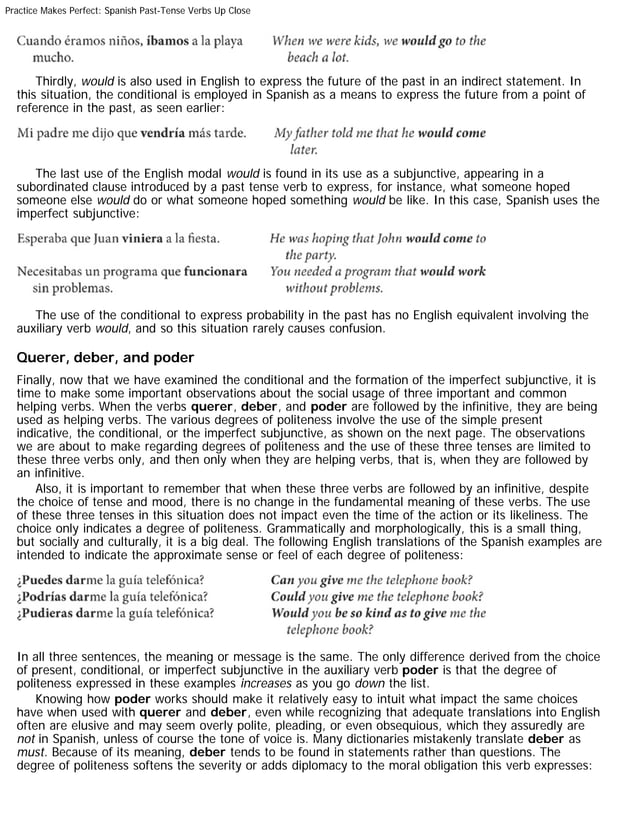
Practice makes perfect spanish past tense verbs PDF
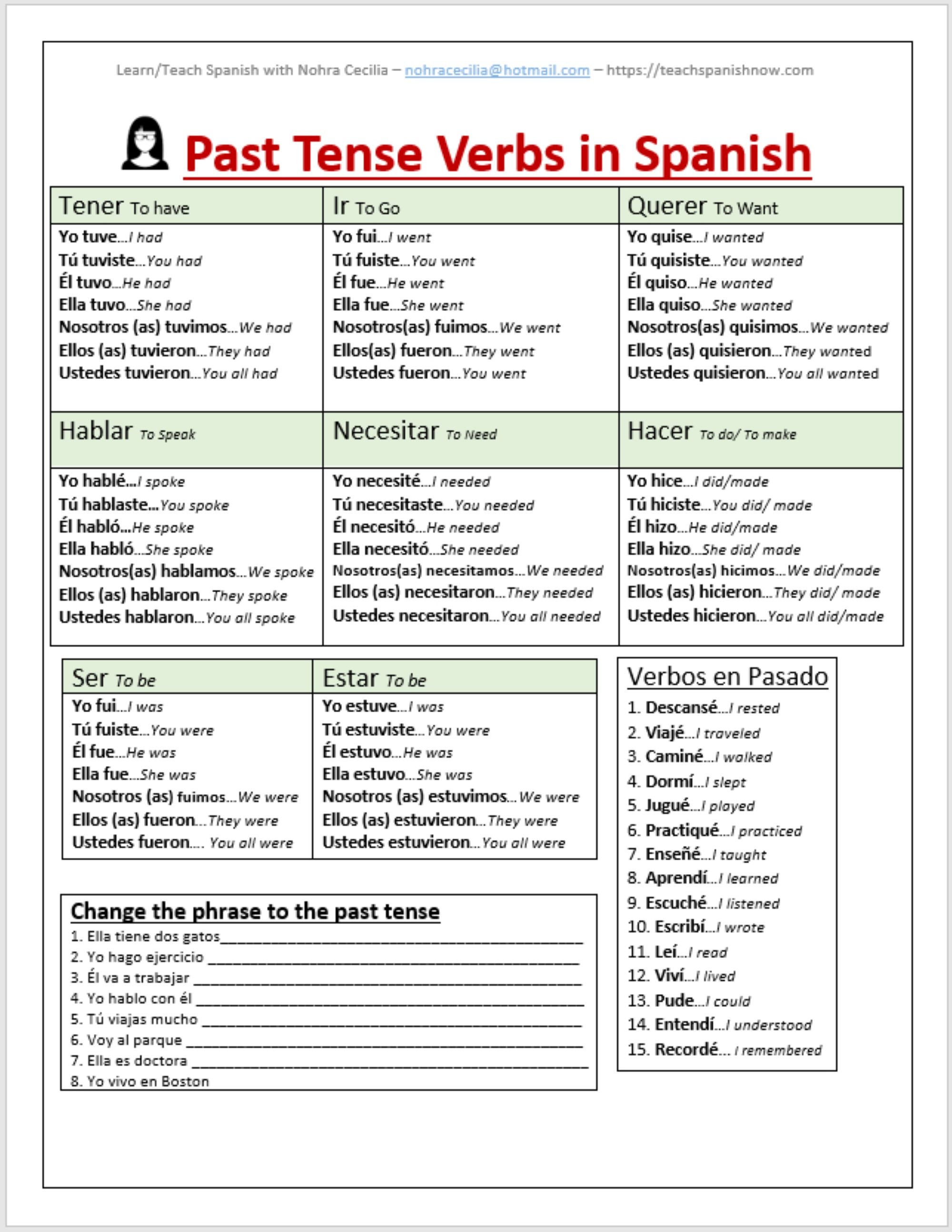
Past Tense Verbs in Spanish Etsy UK
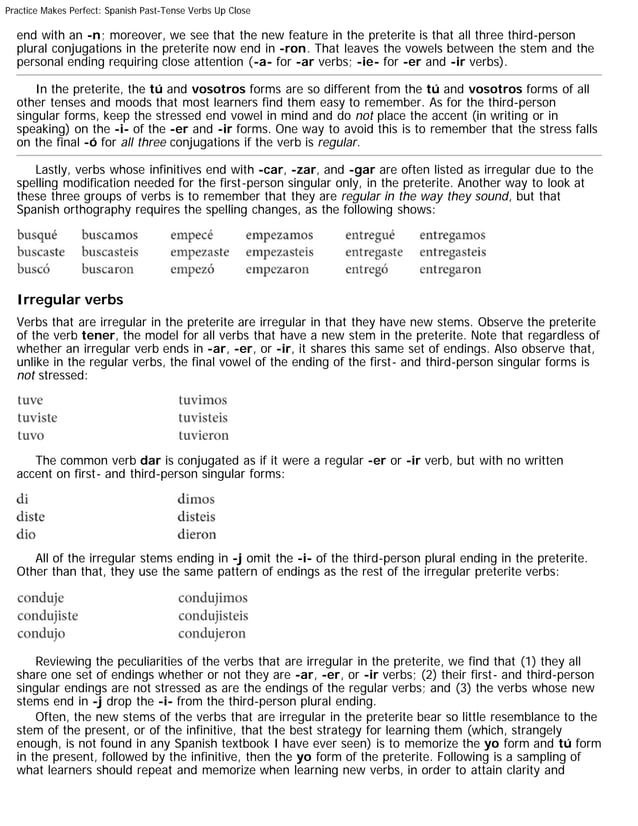
Practice makes perfect spanish past tense verbs PDF

Templates Capacities Docs

Past Tense Spanish Explained For Beginners

How to teach past tense in Spanish… Spanish with Stephanie
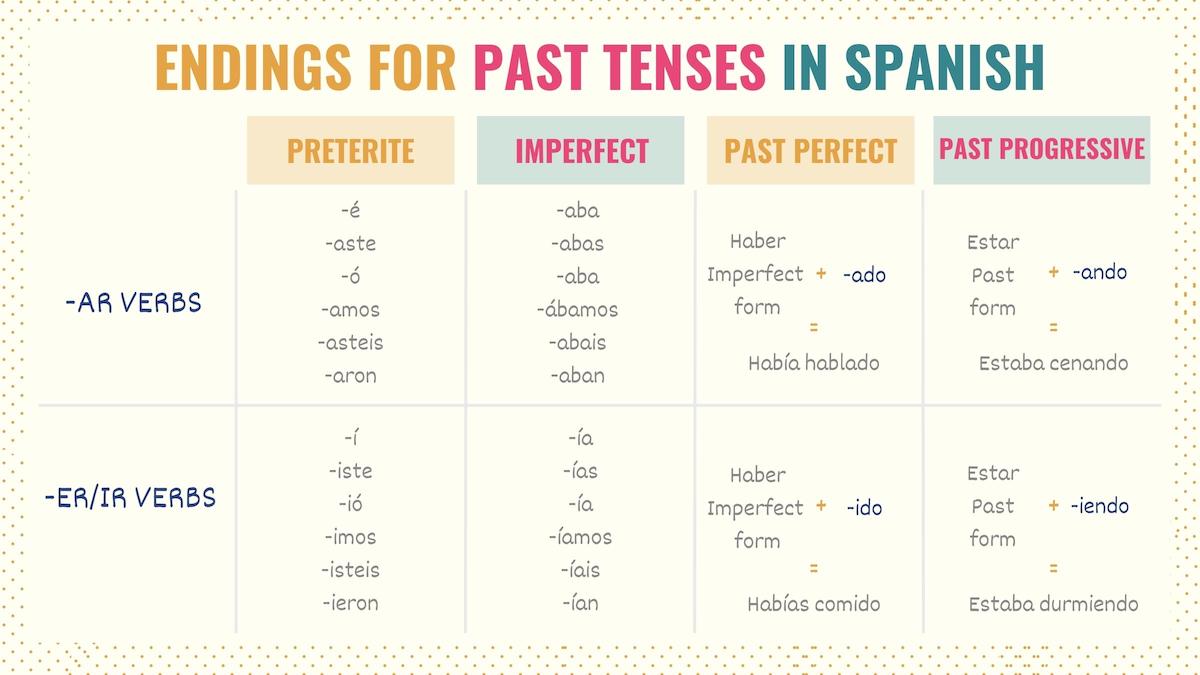
Past Tense Spanish 101 Guide to All Past Tenses in Spanish

Spanish has two past perfect verb tenses (I had) the Spanish Pluperfect and the Spanish Past
Past Perfect Progressive Tenses. Combine the gerund with the present perfect or pluperfect tense of estar (or of “to be” in English), and you end up with the past perfect progressive tenses. Their usage in the two languages is similar. “Present indicative of haber + estado + gerund” is the equivalent of “have/has + been + gerund,” and.. Introduction. Haber is the Spanish verb meaning “to have”. It is a very unique verb in that it is used in compound tenses as an auxiliary, meaning that is comes before the main verb in the sentence and is used to set the main verbs’ tense or mood. For example: He estado (I have been), hemos comido (we have eaten).